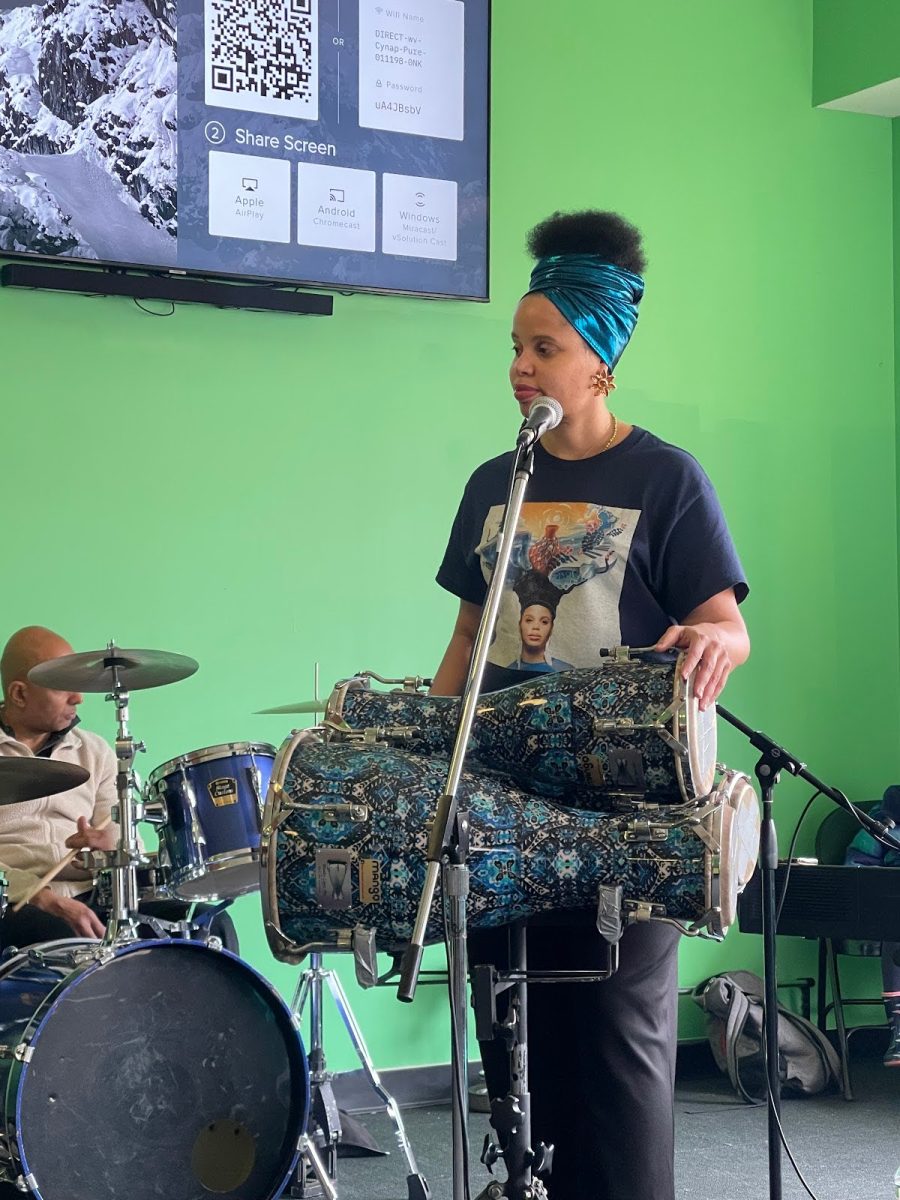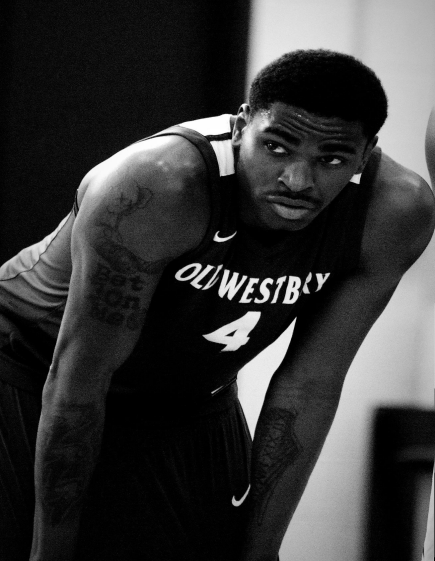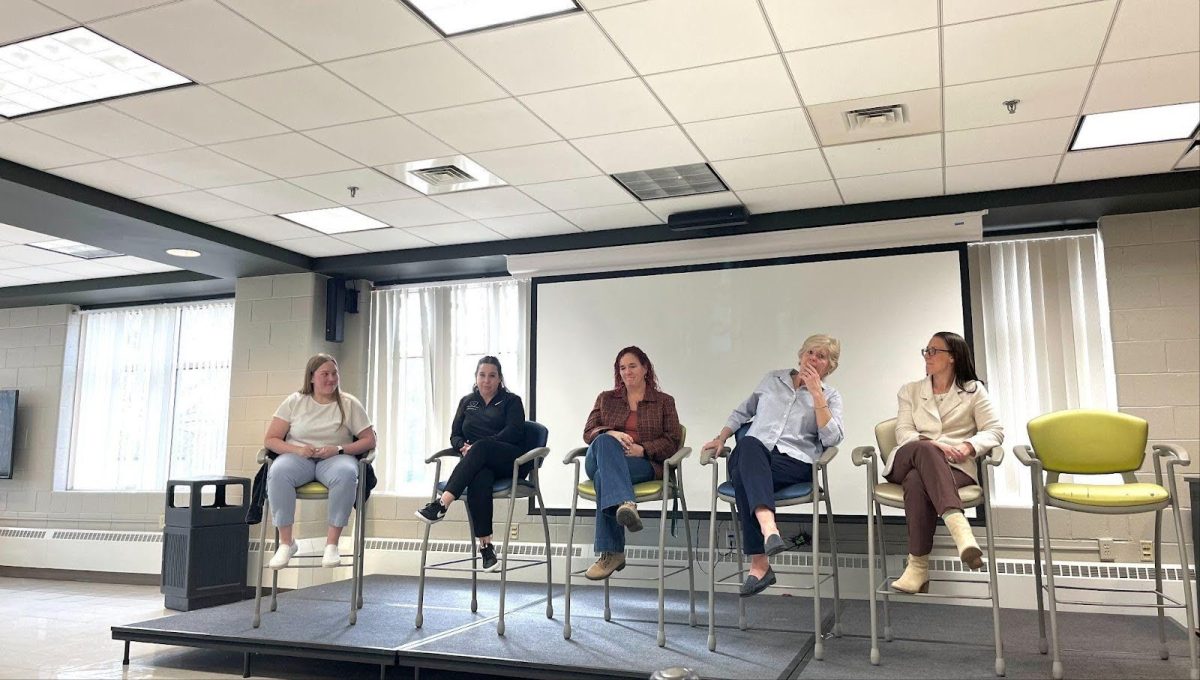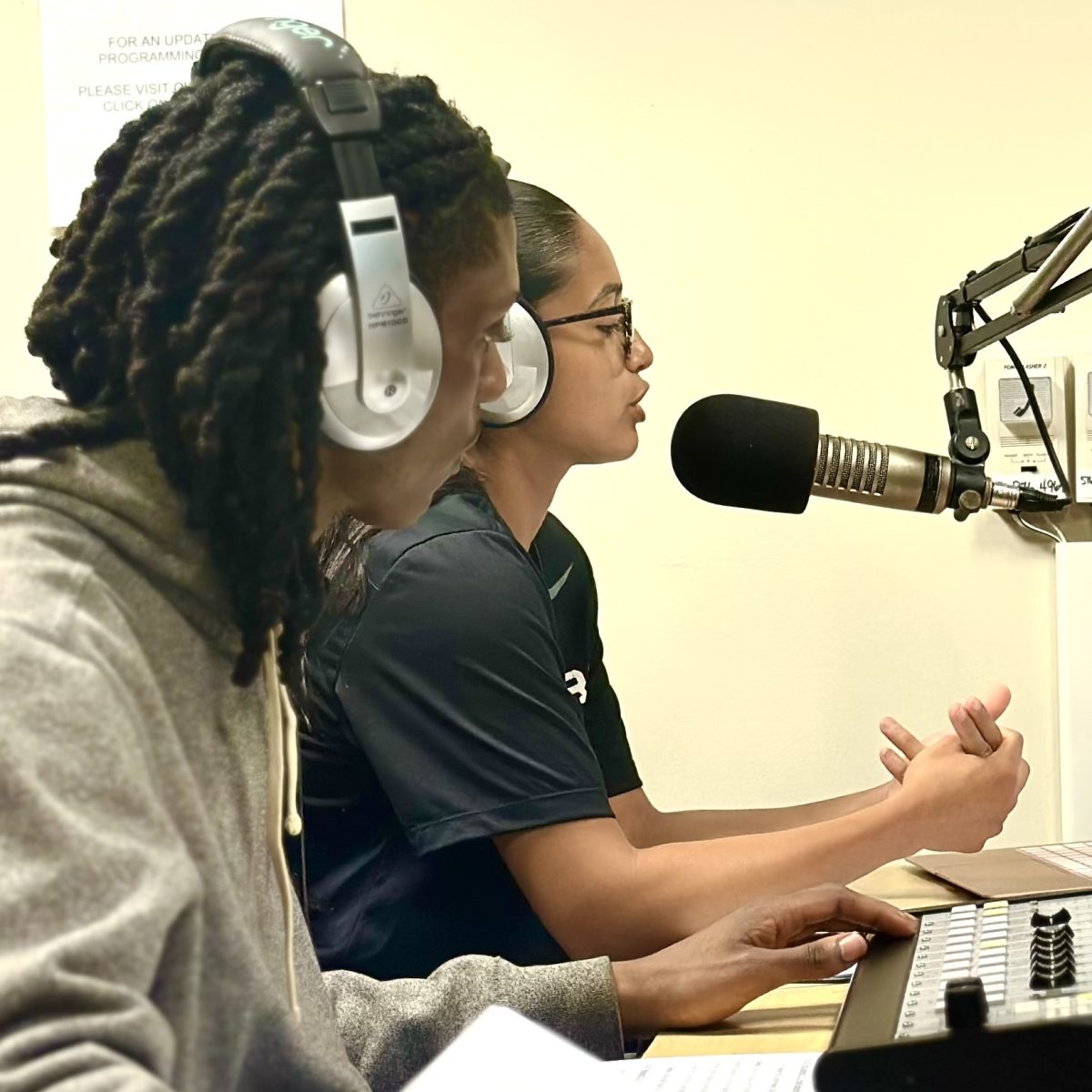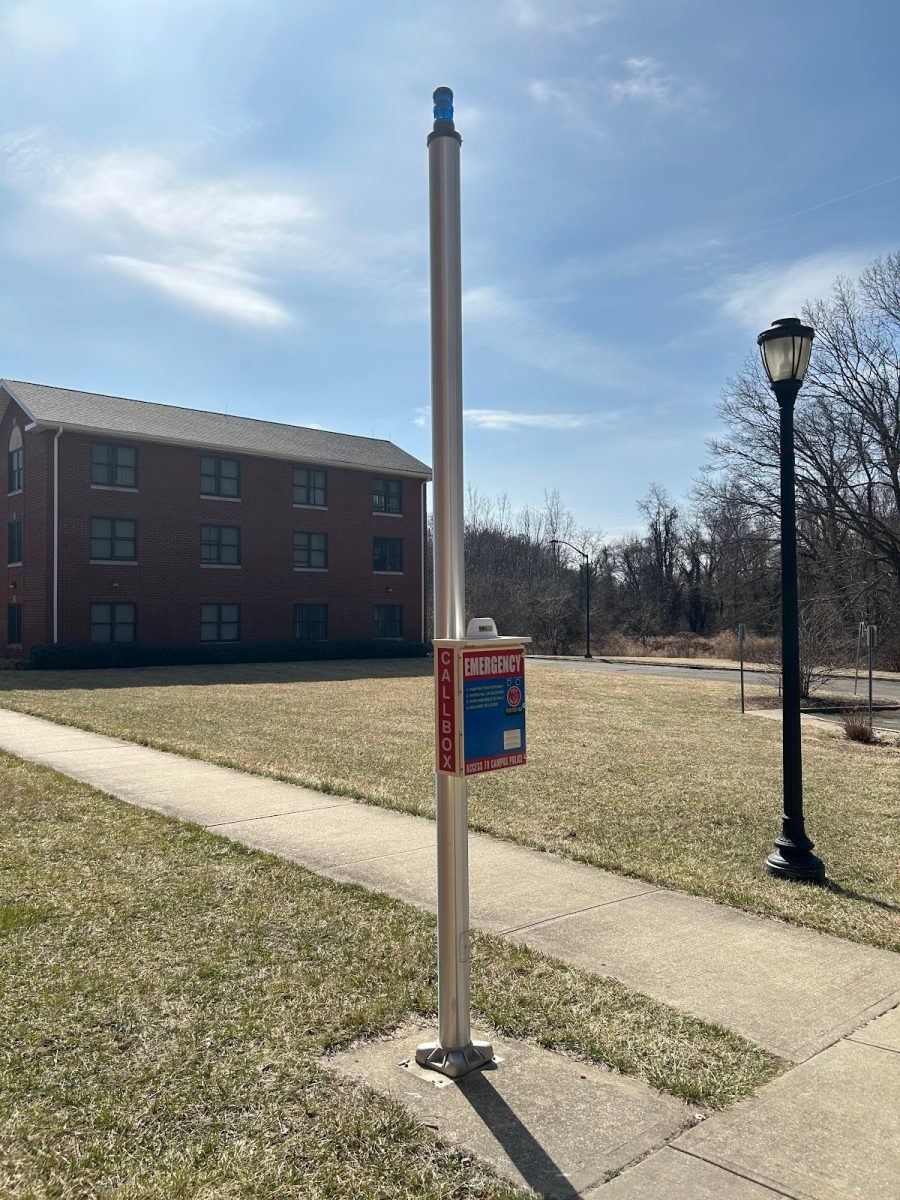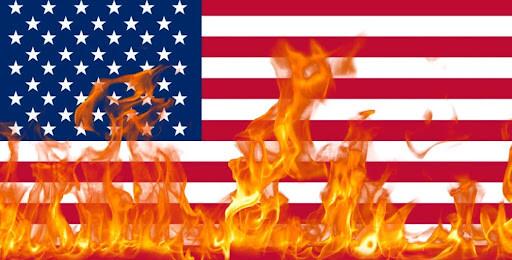Tamika Danielle Mallory is an American activist who currently serves as co-president of the 2019 Women’s March. She was one of the leading organizers of the 2017 Women’s March, for which she and her three other co-chairs were recognized in the Time 100 that year.
In a recent interview, Tamika Mallory, co-president of The Women’s March, offered insight on the Women’s March origins, issues of concern, and the problems encountered. Tamika got involved because when it started only white women were involved when it was being led across the country. Black women began to question and challenge the leadership online. Black Twitter was having a field day because white women who voted Trump into office were actually planning a march and also appropriated the name of a historic march that black women did years ago called the Million Woman March. The women had been challenged and overwhelmed so much that they were in the process of changing the name and finding women of color.
Tamika got involved because it was a great opportunity to bring the issues and the plight of black and brown people in specific women to the forefront. The online support and the amount of people who were declaring their participation of this march was very broad. Over time about 150,000 women responded and the list was diverse. While the rsvp was diverse, the leadership was still all white.
Tamika got involved in the women’s march to broaden the diversity of leadership and ensure that the march itself would represent the issues of the most marginalized community. The march was announced in 2016. Tamika was joined by two women of color and a white woman, as well as another 150,000 people who signed up to attend the march at the time Tamika got involved. Tamika was never uncertain about support for the march because she knew based on the social media numbers that there would be a large turnout. The main goal was to get people to understand the issues that matter to women of color, getting those specifically in leadership to understand was a top priority.
When she started fostering understanding for the plight of women of color the response was negative and resulted in protest. The woman who headed the group at the time was only was focused on Donald Trump becoming president. She was extremely concerned about that as were a lot the other white women who were involved. They felt, “Donald Trump becoming President was the worst thing that could happen in America.” Tamika wanted to make it clear that “Donald Trump was not the beginning of oppression in America and in fact not even the worst part of it. He just upholds the racism and oppression that has existed for 400 years.”
The action taken in the protest led by Tamika, and other women, consisted predominantly of marching but also incorporated social media as a tool to bring awareness to cases, stories, and situations of discrimination across the country. In addition, the use of their network to push elected officials to be more progressive and to be more radical in their approach in addressing the concerns of Americans.
The women protesting have taken it so far that they were arrested together for their cause in acts of civil disobedience. Tamika says she considers the women to be brave “when they all marched 250 miles from NY to Washington, DC.” During and after their protest they had received responses from people who admired them and supported them and people who hated them. “It depends on the audience,” says Tamika. They were able to change hearts and minds according to some of the feedback they have received after the protest.
There are different types of protest in this country. There was the woman who pulled down the confederate flag and a woman who climbed the Statue of Liberty. They were brave. Most of the women know how to deal with the police who often allow the women to protest without aggression because if they are aggressive there can be more aggression on both sides. At this point, Tamika noted, we have established the respect of law enforcement that we would not be protesting if there were not unjust treatment of the people.
The movement went from about 150,000 followers to over a million followers on social media (two million combined Instagram, Twitter, etc.). Tamika said:
“I do feel pressure by the responsibility of my cause. I fight to maintain integrity and I recognize we all must grow and with growth that requires us to become better, more committed, more educated at times more patient with our work…. I feel some men have been supportive of the cause. The ones that don’t I feel people are afraid about things they don’t understand and men in many ways are used to being in the center of things so its kind of difficult for them to allow women to be at the forefront of leadership because they are so used to the being the main voices in this movement.”
She continued: “There are about four men that are a part of the leadership and very clear about us being the voices and the face of the work. They help and then step back.”
Tamika has had a number of personal experiences with men that women may find relatable but what stands out for her is the one she has with her son. She feels that,
“The Women’s Movement must include men and it must include issues that matter to men because women as wives, mothers, daughters, friends, family members, have an obligation to ensure their movement include everyone in everyone in their community. Black folks specifically are not in the position that does not speak for the black man. Our families have been torn apart so much and we must not perpetuate the same violence that America has inflicted upon us by excluding our men and trying to have movements that are not about the whole family and I can not participate in that.”

